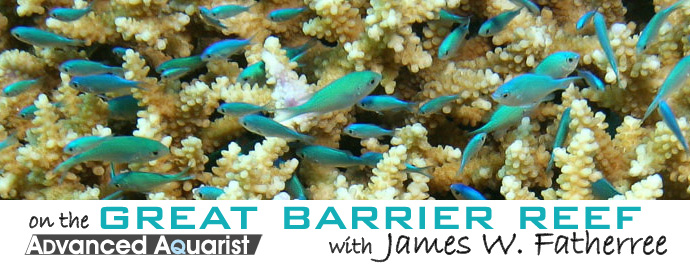
Long, long ago the landmass that we now call Australia was located near Earth’s southern pole. Through tectonic activity the continent began moving to the north at a pace of just inches per year though, and after many millions of years drifted to its current location. As this occurred, the northern parts of the continent gradually moved into the tropics, and coral reefs began to form along parts of its coastline and continental shelf around 25 million years ago.1
Since that time, changes in climate and sea level caused coral growth to wax and wane significantly, but around 600,000 years ago a large-scale reef structure began its development and eventually became today’s Great Barrier Reef.1 The early version of the GBR also came and went to a large degree, but the current living structure has been growing for about 20,000 years now.2 So, there have been corals and reefs growing, dying back, and re-growing there for a very, very long time.
Strung along Australia’s Queensland coast, the reef is located in the Coral Sea, and is the largest structure on Earth made by living things. So large in fact, that it can seen from space, and is commonly considered to be one of the seven natural wonders of the world. It starts at a bit more than half-way up from the bottom of the east coast and extends up along the continent’s horn to Papua New Guinea. That’s roughly 1,500 miles, meaning if you laid it along the east coast of the U.S. it would reach from Miami to Boston. It also covers about 130,000 square miles of the seafloor.2 It’s not one humongous and continuous coral reef though, as it’s actually comprised of about 900 islands and almost 3,000 individual reefs.2
Around and amongst these islands and reefs live a great number of organisms, including approximately 1,500 species of bony fish and 130 species of cartilaginous fish, plus 30 species of marine mammal, 14 species of sea snake, 6 species of sea turtle, and an occasional salt water crocodile that makes a long swim out from the mainland.2 There are also about 600 species of stony and soft coral, 40 species of anemones, 100 species of jellyfish, 330 species of sea squirts, 400 species of bryozoans, 630 species of echinoderms, 1,300 species of crustaceans, 1,500 species of sponge, and as many as 5,000 species of mollusc.2 Plus, about 500 species of marine algae to finish off the list.2 Thus, the Great Barrier Reef is certainly a great place to do some diving.
It took a few years, but I finally accrued enough frequent flyer miles to get a ticket to the land down under, and I made the long trip to the far southwest over my winter break from school last December. I spent several days in Sydney to get a feel for the big city life there, and also spent a week in the ancient and magnificent rainforests around Cairns in the north, but the primary reason for going was obviously to dive on the reef.
Unlike many other places where I’ve been diving around the world, you can’t just walk in and swim to any part of the reef. Nor can you hop in a small boat for a brief ride. Instead, you need to get on a larger boat and take quite a trip out for the good stuff. So, I pulled out my credit card and booked a week-long excursion on the 122′ Spirit of Freedom out of Cairns, which was one of the best decisions I’ve ever made.
After getting out to sea, the diving started and didn’t stop for the week. There were 28 divers onboard and we’d all get up at 6am, have some cold breakfast and coffee, then go for a dive. Then, we’d get out and dry off, feast on a hot breakfast, rest for an hour or so, and dive again. Then, we’d get out and dry off, eat a big lunch, rest for an hour or so, and dive again. Then, we’d get out and dry off, rest for an hour or so, and dive again. Then, we’d get out and shower up, and eat a big dinner. Then we’d go to bed – early. The only exception was that we did night dives on two of the nights in the middle of the week.

This was an odd scene for sure. A crinoid climbing up the body of a standing sea cucumber, Bohadschia graeffei.
Despite being absolutely worn out by the end of the week, I managed to do every dive for the maximum time I could stay down. I absolutely did not want to miss a single minute of water time, and was regularly stuck between being almost speechless when getting back on the boat and wanting to run around the deck yelling. I admittedly get very excited and sometimes downright emotional when experiencing the diversity of life and abundance of activity that can be seen in such places, especially when given the opportunity to see so many of the things that we hobbyists keep in our aquariums living in their natural habitat and full-size.
Anyway, in a week’s time we made it out to some of the northern Ribbon Reefs, to Lizard Island, out to Osprey Reef, which is on an extinct submerged volcano, and a couple of other spots. We most certainly did not just cruise in circles around a few reefs a few miles offshore or anything like that though, as Osprey Reef is over 200 miles northeast of Cairns. Nicely enough, most all of the long-distance travel from one area to another was done at night, too. So, we didn’t have to just sit around on the boat during the day waiting to get somewhere far off.
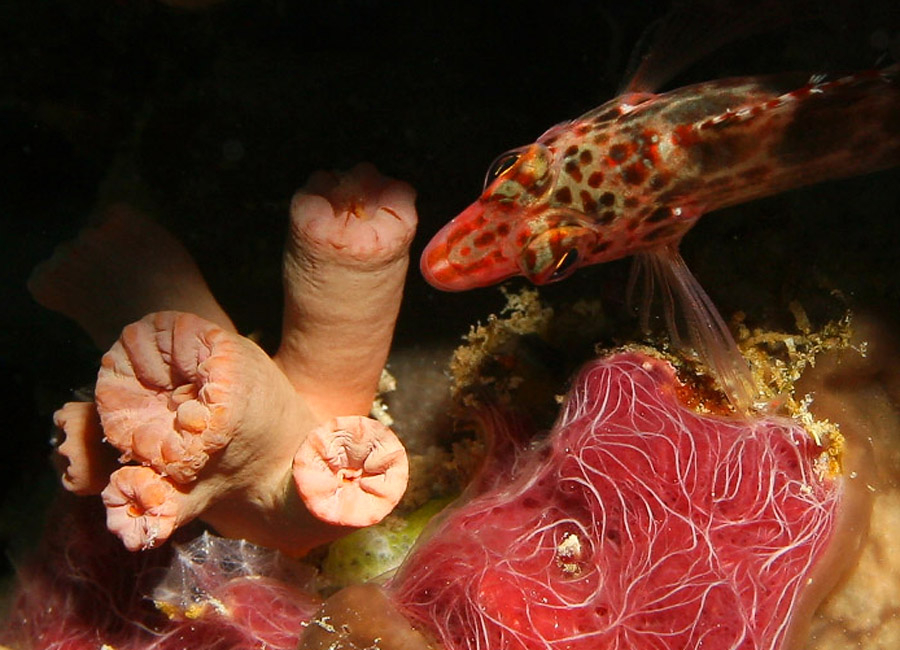
A pixy hawkfish, Cirrhitichthys oxycephalus, hanging out next to a sun coral, Tubastraea sp., and a sponge, Nara nematifera.
During all of this, one of the things that I noticed quickly was how different the locations were, and the changes in what lived there. The Great Barrier Reef is comprised of ribbon reefs, fringing reefs, patch reefs, crescentic reefs, planar reefs, and lagoonal reefs, so you can imagine there’s a lot of different looking ones out there. Different areas of the reef don’t have just different topography though, as these areas also have varying water clarity, nutrient levels, currents, etc. So, the different dive sites we hit were often home to very different communities of fishes and corals, with their abundance being highly variable, too.
For example, while I think I saw at least a few giant clams on every dive, one spot we went to was called the “Clam Gardens”, and there were giant clams all over the place. Hundreds of them. Then there was the “Snake Pit”, where huge olive sea snakes were common. Likewise, sharks could be seen on almost every dive, but for some reason there were dozens and dozens of them at the “North Horn” of Osprey Reef. Some spots had lots of huge staghorn corals, while others had none. Some had thousands of toadstool corals, while others seemed to have none. Some had giant sea fans, while others seemed to have none. One had big schools of barracuda, while others had countless thousands of schooling reef fishes like anthias and goatfish. Some had lots of anemones and clownfishes, while other didn’t. Etc. Almost every dive we did was something different, and the only reason I say almost is because a couple of spots were so good that we did two dives there.
Needless to say, I enjoyed it very much and highly recommend both the trip to Australia, and the Spirit of Freedom (http://www.spiritoffreedom.com.au/) if you want to see the reef from a liveaboard dive boat. To give you the best idea of what it was like, I’ve spliced together numerous short movie scenes that I made using a Canon S100 in a Canon underwater housing. Note that the clicking/tapping sounds you hear at times in the videos were made by the metal key ring I used to attach a wrist band and D-ring to the S100’s housing rattling on the plastic case as I was swimming. The camera was new at the time and I didn’t realize it was making these sounds until after the trip. Oops… Conversely, the photos included with this article were shot primarily with my “old faithful” Canon D30 digital SLR in an Ikelite housing. I’ve taken 38,000 photos over 9 years with it and it obviously still works fine.
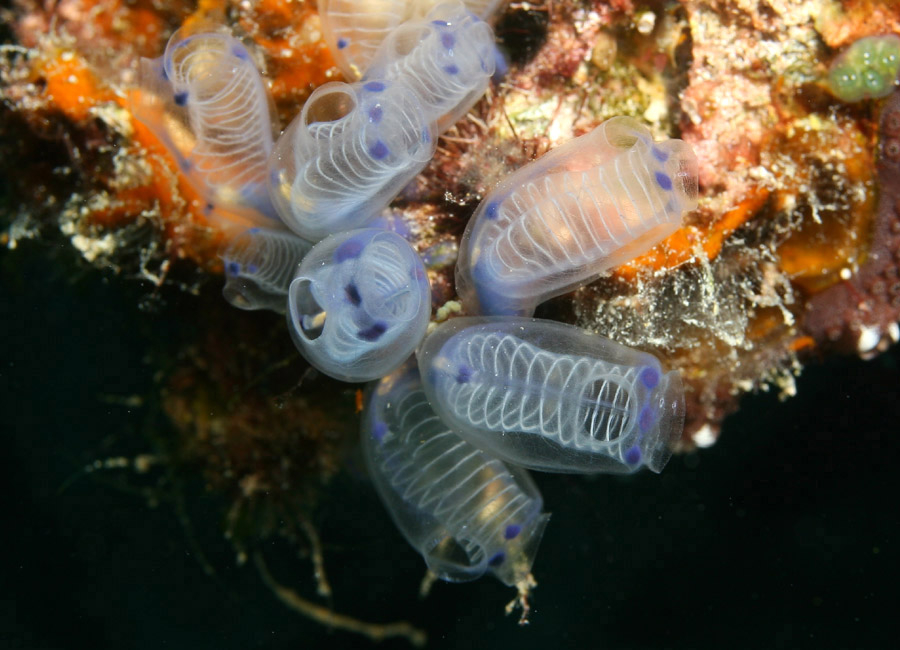
A small clump of the translucent tunicate Clavelina moluccensis. It’s a shame that tunicates fare so poorly in aquaria, as they can be some of the most beautiful creatures found on reefs.
http://www.youtube.com/watch?v=bnu_xyd-T0A
http://www.youtube.com/watch?v=3VGCILHE_U4
http://www.youtube.com/watch?v=hXt9eWKuF1Q
http://www.youtube.com/watch?v=5nUHzZON_P4
With all that said, I do have some bad news that I feel obligated to share with you before calling it quits. The reef, unfortunately, is in another period of dying at this time, and while it’s depressing to say the least, that’s what I want to talk about for the rest of this article. I’ll start by saying that as healthy as the areas we visited looked, the reef has lost at least half of its coral cover since 1985.3
Yes, half of the coral has died off in under 30 years, and two-thirds of that occurred in just the last 15 years.3 While there are several reasons for this loss, the Australian Institute of Marine Science says most of it has been caused by powerful tropical cyclones (hurricanes) hitting the central and southern portions of the reef (48% of the decline), massive reef-wide population explosions of the coral-eating crown-of-thorns starfish (42%), and large-scale bleaching events in the central and northern areas (10%).
It’s currently not clear if the storms and their intensities are related to climate change, but the starfish problem is thought to largely be a product of water quality degradation due primarily to agriculture.4 When their populations skyrocket these starfish can decimate large areas of reef, and these booms are apparently dependent on the availability of phytoplankton. When the starfish reproduce they go through a larval stage that feeds on plankton, so increases in plankton result in increases in starfish. Evidence suggests that fertilizer-derived nutrients flowing into the sea via rivers that drain agricultural areas is what’s causing increases in the plankton. So, as odd as it might sound, farming is part of the reef’s problem. Overfishing of some of the starfish’s natural predators, like the Giant Triton snail, hasn’t helped either, and has been banned for the most part.
On the other hand, large-scale bleaching is most certainly being caused by elevated water temperatures. There have been several especially hot years recently, and some locations on the reef have suffered coral mortalities of up to 90%. As noted above, this has led to as much as 10% of the reef’s die-off. At first glance 10% of the 50% decline in coral cover might not sound like a very high number, but it’s still 5% of the entire Great Barrier Reef. That’s approximately 6,500 square miles of reef, and it’s expected to get worse in the future.
According to AIMS, affected areas can typically make a comeback from such things, with recovery taking 10 to 20 years. However, these storms, the starfish blooms, and the bleaching events have been occurring too close together. Thus, various areas of the reef aren’t able to fully recover before the next big problem comes along, leaving less and less living coral available to attempt the next recovery. There are lots of smaller problems that aren’t helping things, either. There have been shipwrecks and oil spills on the reef, there’s pesticide run-off from the mainland, and a reduction of coastal wetlands, which act as natural nutrient absorbing buffers between the land and the sea.
For these reasons, AIMS has reported that at the current rate of loss the reef is expected to lose another half of what’s left by 2022. Less than a decade from now. Like I said above, that’s depressing. By the time I retire the Great Barrier Reef’s coral cover will likely be reduced by well over 80% from where it was when I was finishing high school.
And, I hate to say it, but I’m still not done. As any experienced aquarist knows, when the dissolved CO2 content of water goes up the pH goes down, and in the case of the oceans, their CO2 content is affected by its concentration in the atmosphere. So, by adding CO2 to the atmosphere, we’re also adding it to the oceans, and we’ve been putting a lot of CO2 into the air lately. In fact, we’ve put so much CO2 into the atmosphere in recent times that the pH of the oceans has decreased measurably, which is also expected to cause global-scale problems for reefs in the future.5 A lowered pH can affect corals’ ability to build carbonate skeletal material, amongst other things, so ocean acidification due to increased levels of atmospheric carbon dioxide is the next big problem on the horizon (and not just for the GBR).
Recent studies have also found that the fertilization of eggs, settlement of larva, and growth of corals are also negatively impacted by increasing concentrations of CO2 in seawater.6 Exactly how this and ocean acidification will further insult the world’s reefs is unknown at this time, but I think it’s safe to say it won’t be good. I guess we’ll have to wait and see what happens, but I’m not feeling very optimistic these days…

A cleaner wrasse, Labroides dimidiatus, giving a cooperative leopard grouper, Plectropomus leopardus, a good going-over at a cleaning station.
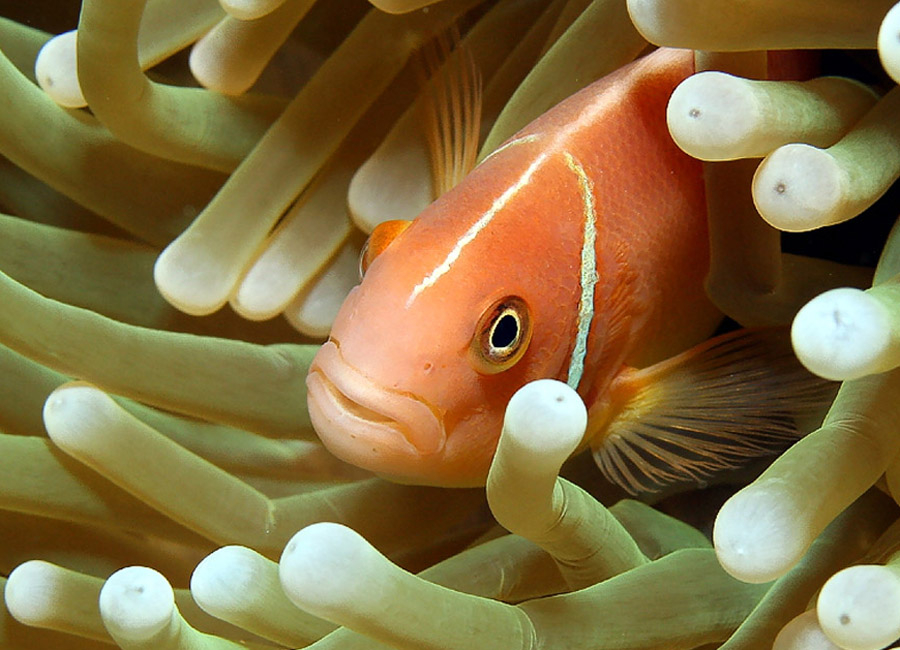
There were lots of clownfishes and huge anemones at various sites, including this pink skunk clown, Amphiprion perideraion, in its host anemone, Heteractis magnifica.
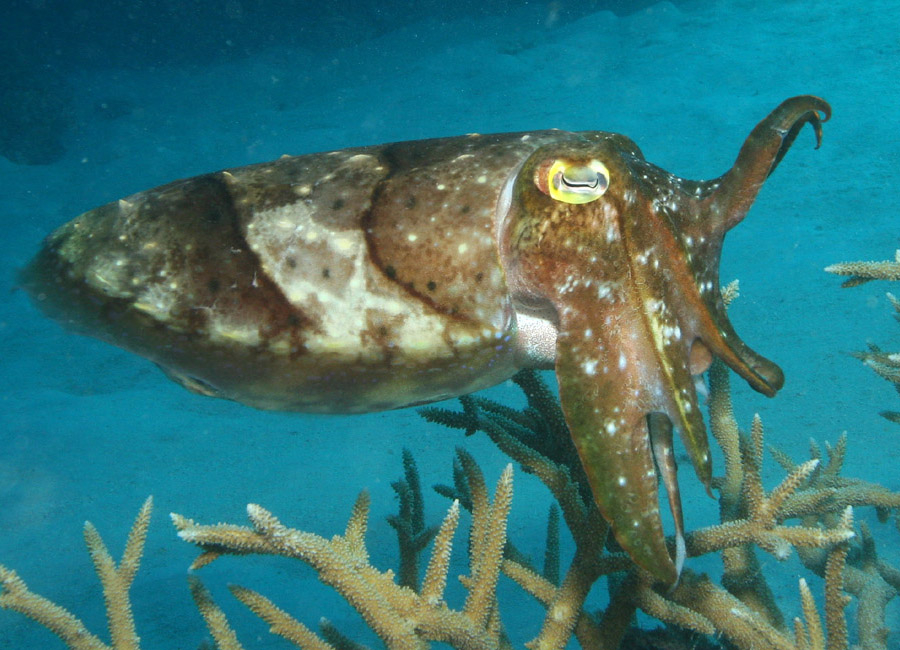
I did come across a couple of Australian giant cuttlefish, Sepia apama, which are fascinating creatures to watch.
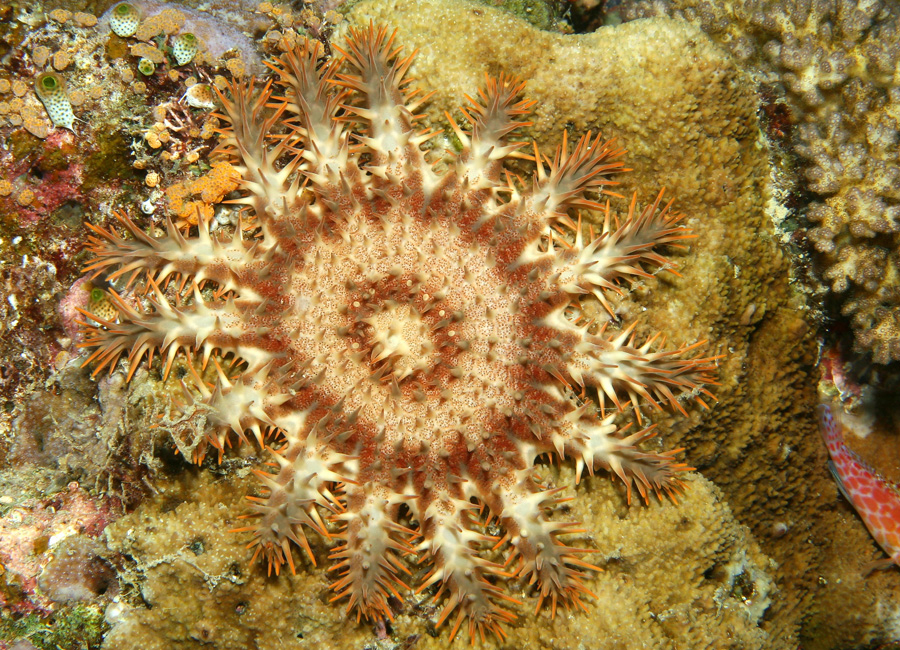
Population explosions of the crown-of-thorns starfish (Acanthaster planci) has devastated some parts of the reef.
References:
- Hopley, D., S.G. Smithers, and K. Parnell. 2007. The Geomorphology of the Great Barrier Reef: Development, Diversity and Change. Cambridge University Press. 546pp.
- Great Barrier Reef Marine Park Authority, undated. URL: http://www.gbrmpa.gov.au
- Australian Institute of Marine Science, 2012. The Great Barrier Reef has lost half of its coral in the last 27 years. URL: http://www.aims.gov.au/latest-news/-/asset_publisher/MlU7/content/2-october-2012-the-great-barrier-reef-has-lost-half-of-its-coral-in-the-last-27-years
- Cooperative Research Centre for the Great Barrier Reef World Heritage Area, undated. What causes crown-of-thorns starfish outbreaks? URL: http://www.reef.crc.org.au/discover/plantsanimals/cots/cotstheory.html
- Pacific Marine Environmental Laboratory, undated. What is Ocean Acidification? URL: http://www.pmel.noaa.gov/co2/story/What+is+Ocean+Acidification%3F
- Albright, R., B. Mason, M. Miller, and C. Langdon. 2010. Ocean acidification compromises recruitment success of the threatened Caribbean coral Acropora palmata. Proceedings of the National Academy of Sciences. DOI: 10.1073/pnas.1007273107



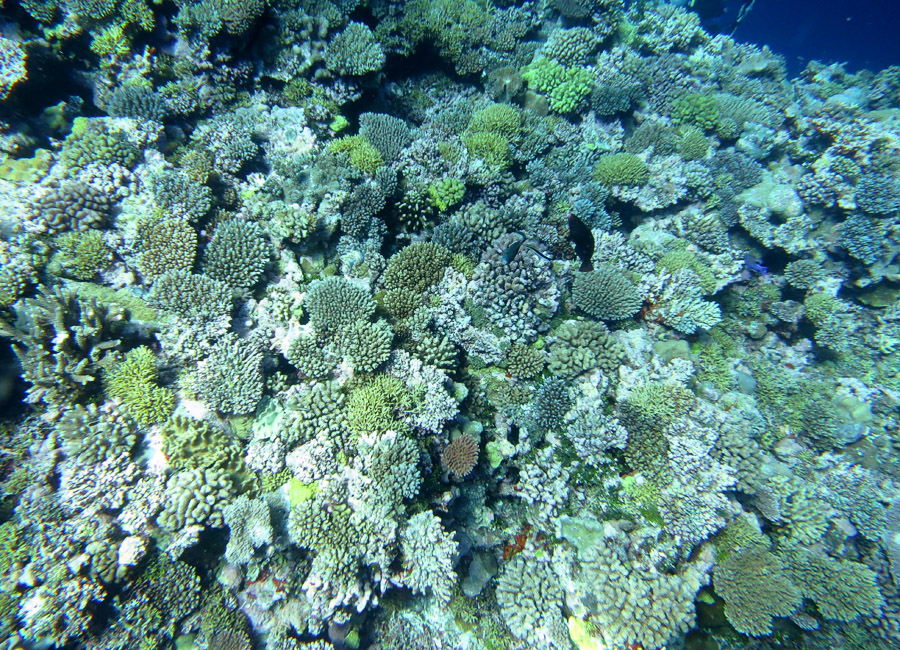
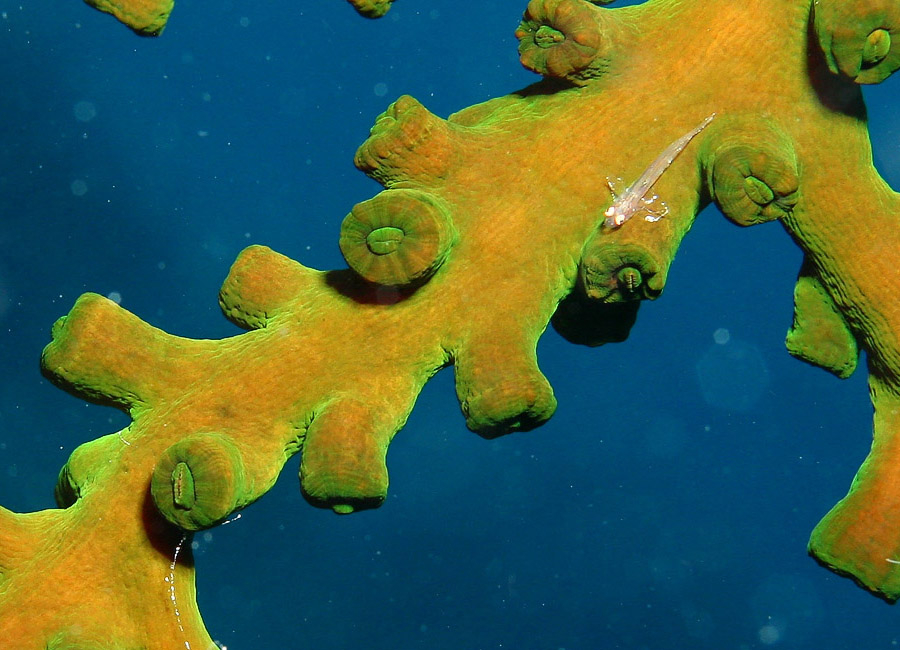
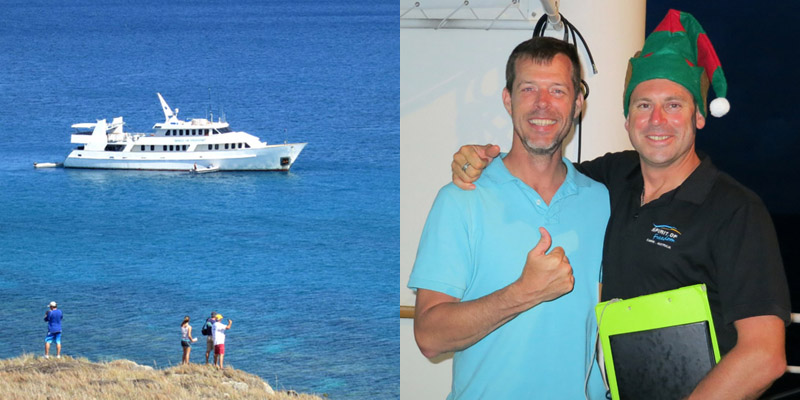
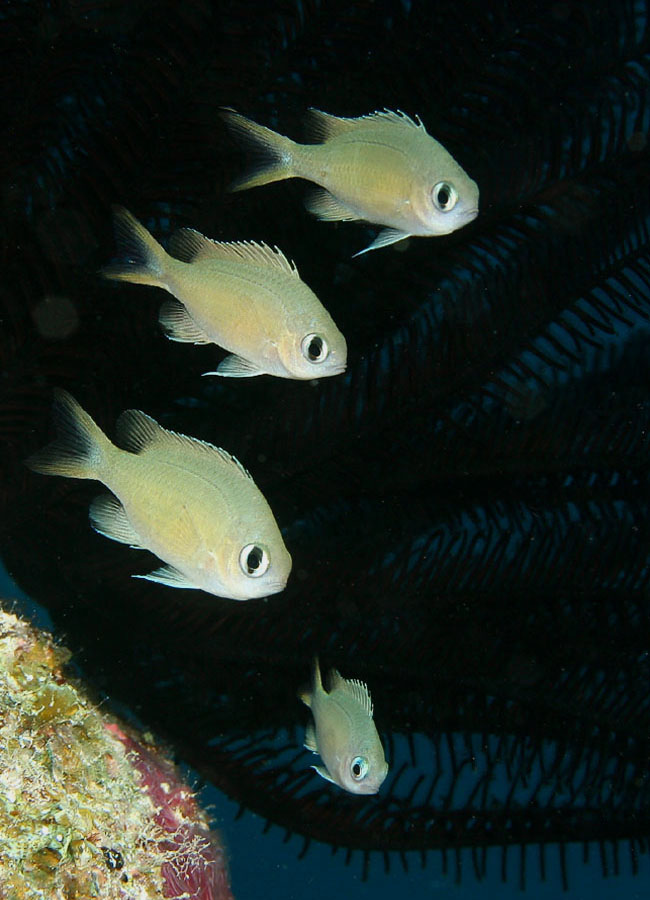

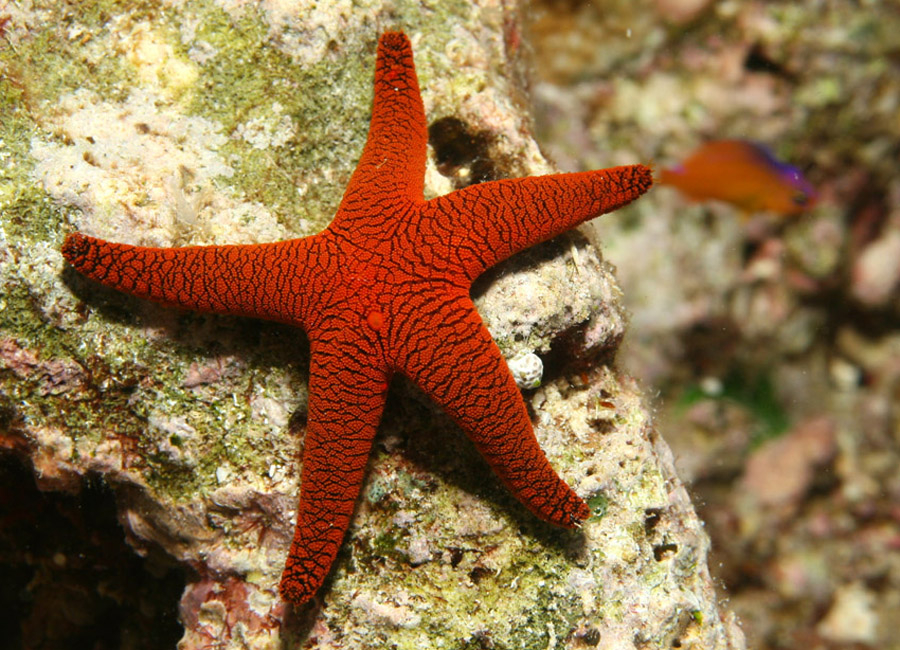

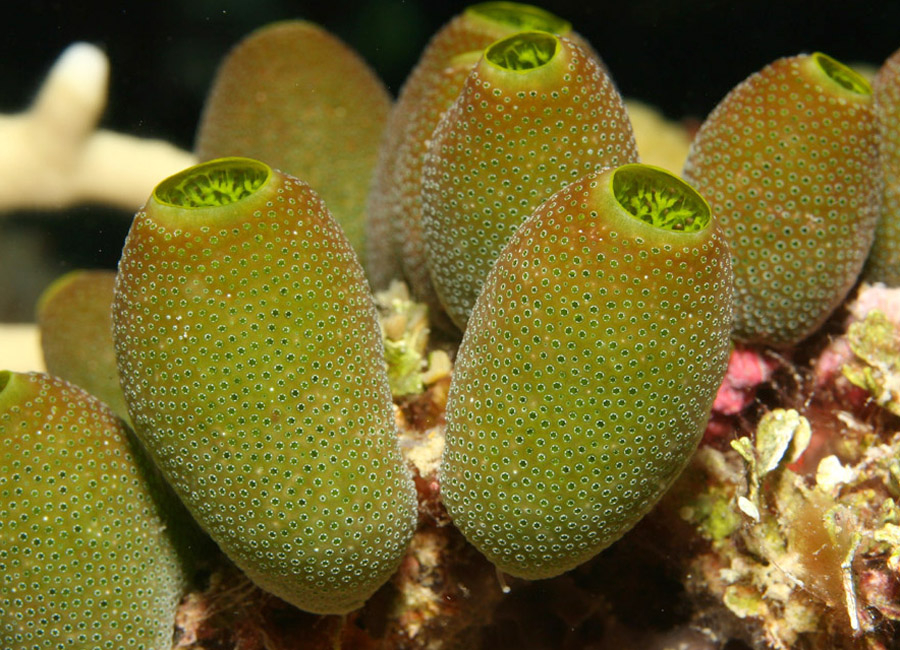
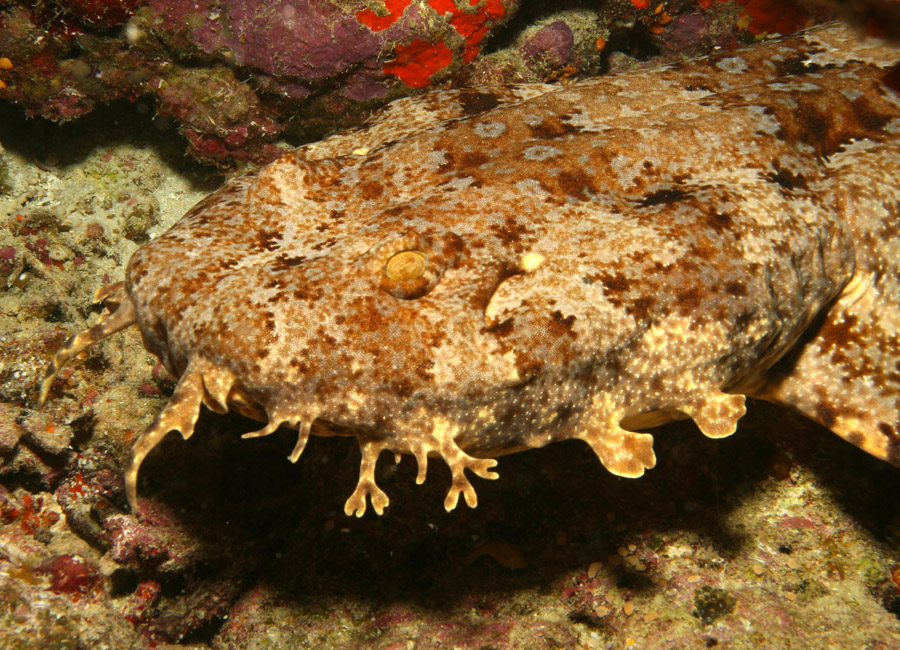
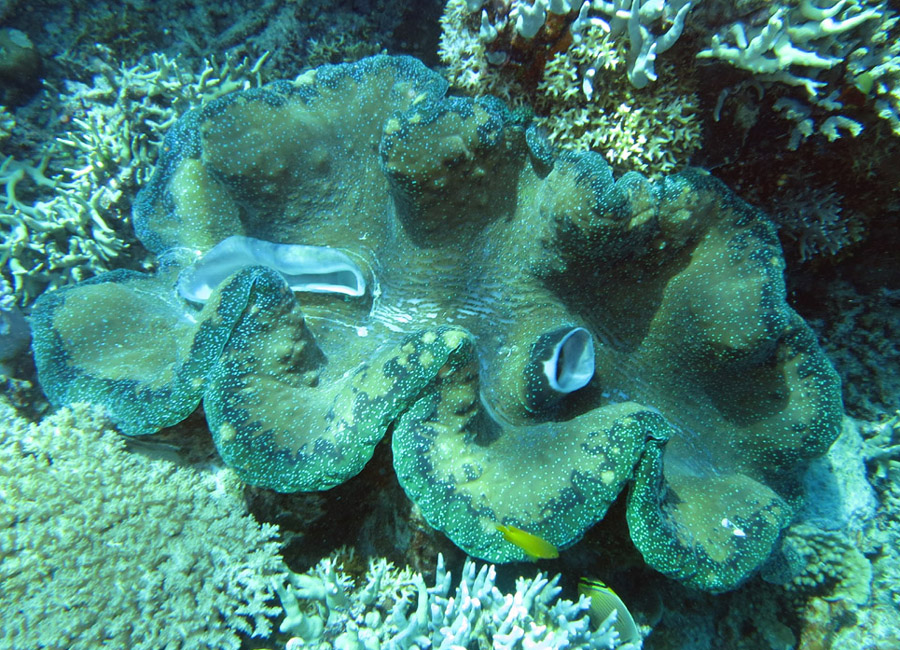
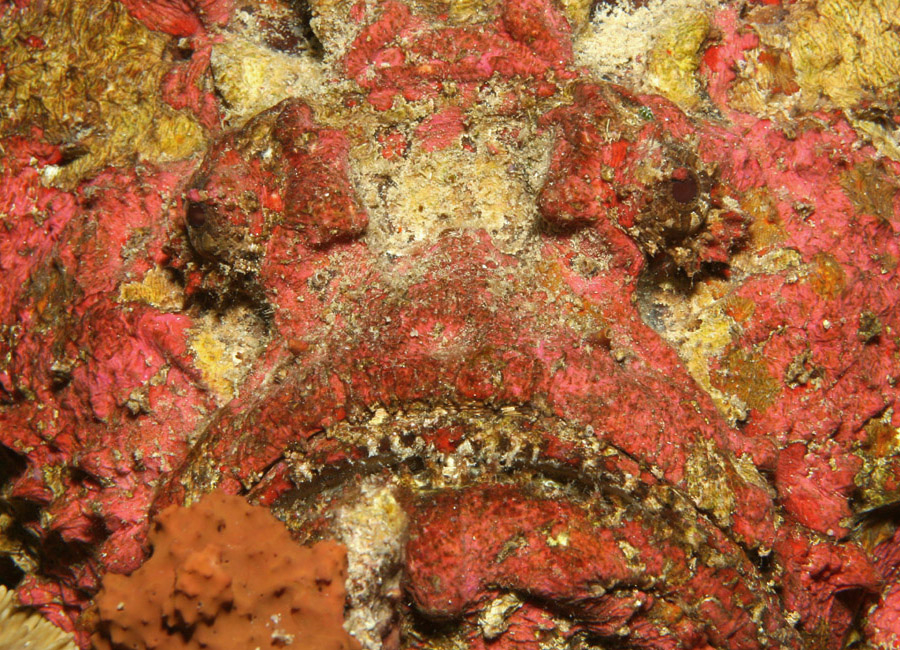

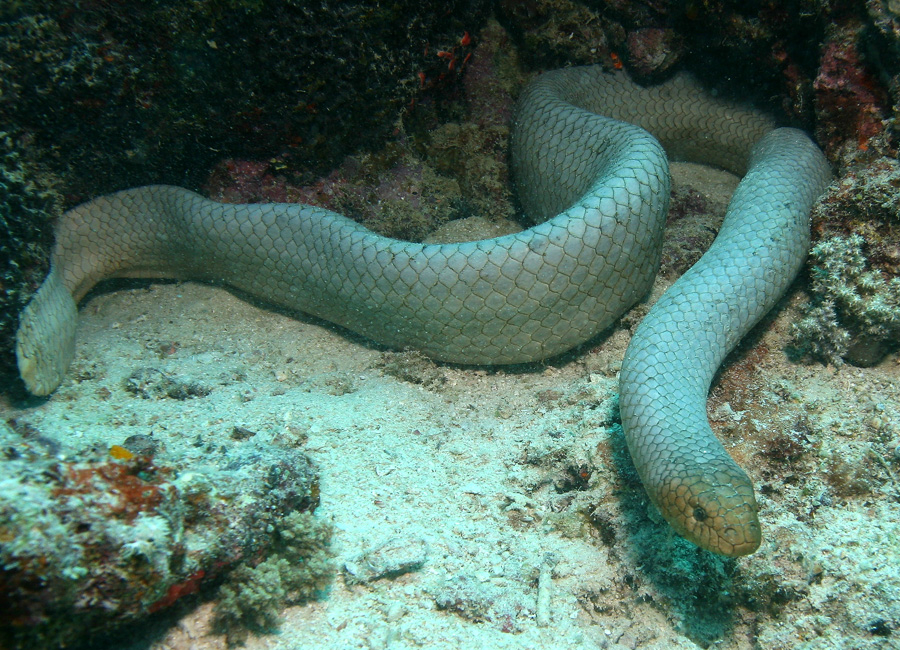
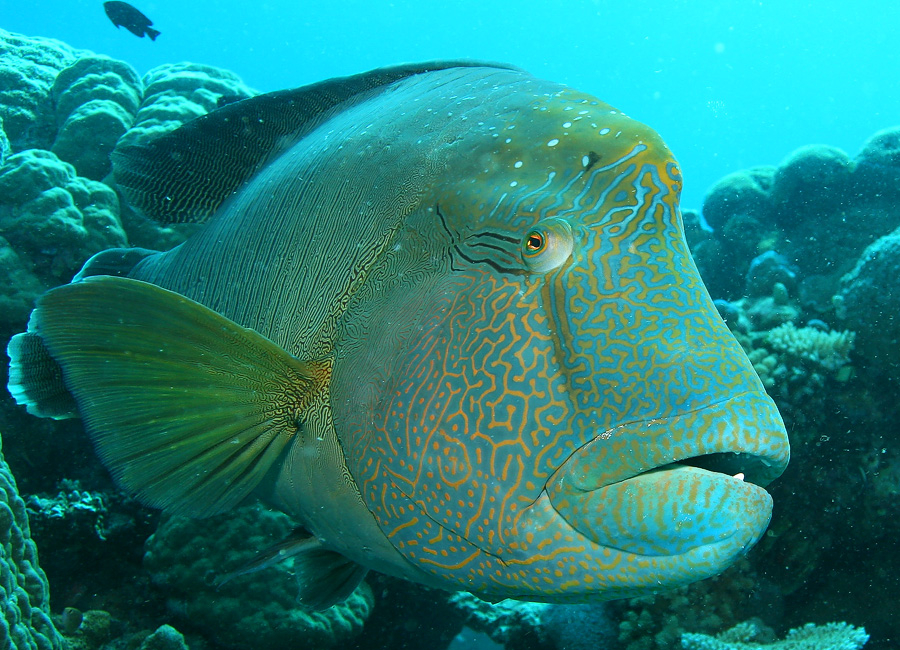
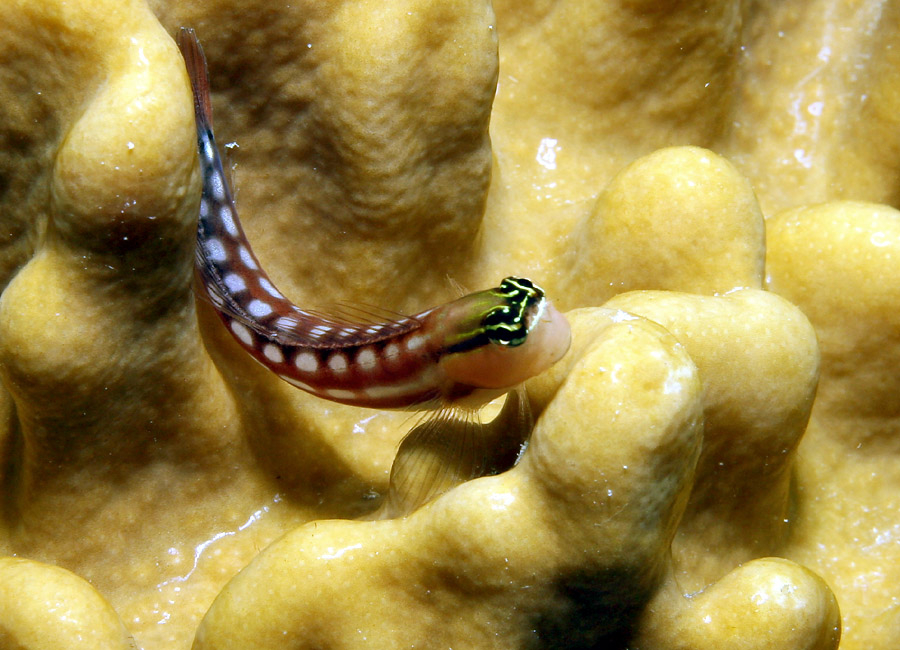

0 Comments